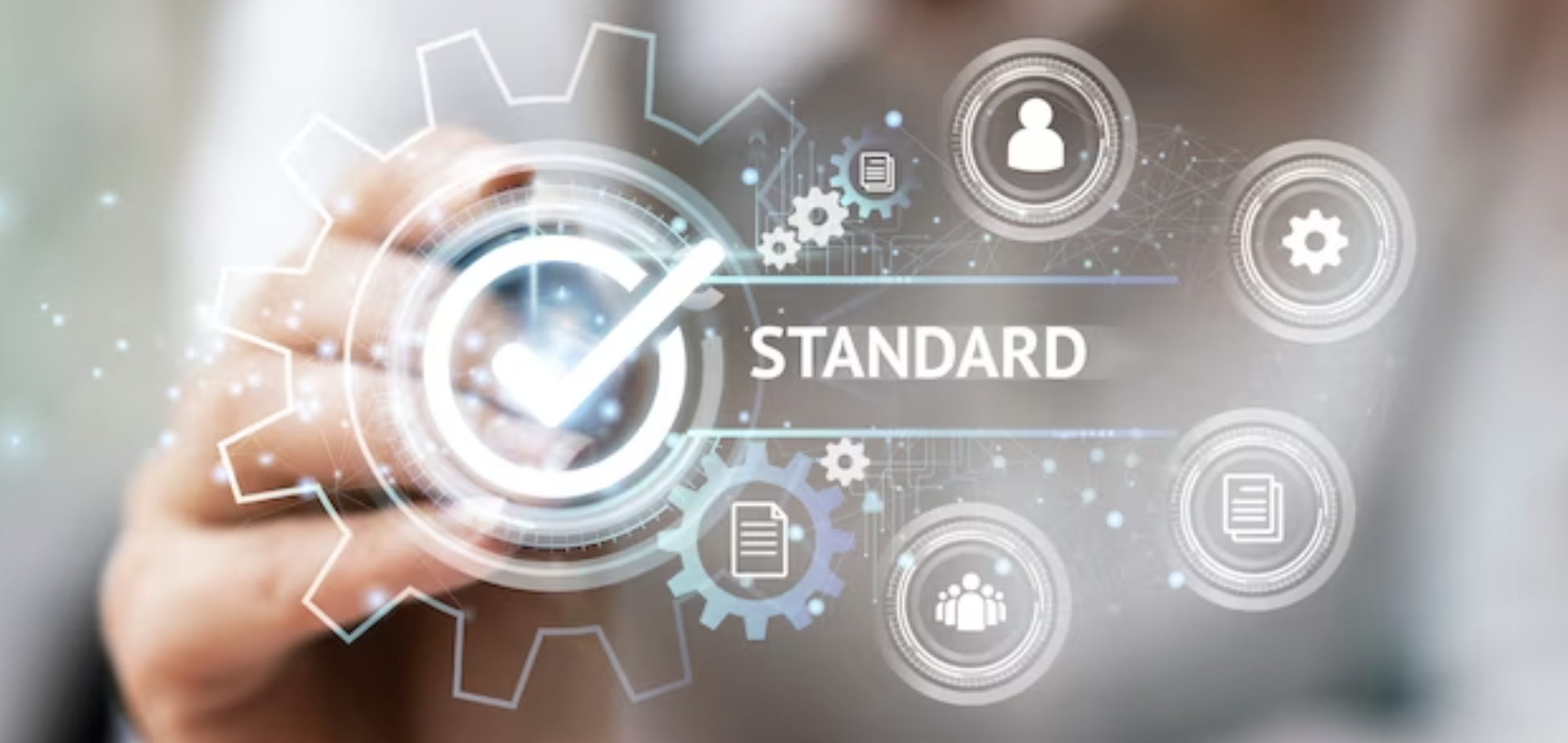Now Hiring: Are you a driven and motivated 1st Line IT Support Engineer?

Our SECaaS encompasses a wide range of security services, including but not limited to:
Network Security: firewall management, intrusion detection and prevention systems (IDPS), virtual private networks (VPNs), and distributed denial-of-service (DDoS) protection.
Endpoint Security: protecting individual devices, such as desktops, laptops, and mobile devices, from malware, viruses, and other threats. Including antivirus software, host-based intrusion detection systems (HIDS), and data loss prevention (DLP) solutions.
Data Security: data protection services, including encryption, access controls, and secure data backup and recovery solutions. Help organization safeguard sensitive data from unauthorized access or breaches.
Identity and Access Management (IAM): managing user identities, authentication, and authorization. Single sign-on (SSO), multi-factor authentication (MFA), and user provisioning.
Security Information and Event Management (SIEM): Collect, Analyze, and Correlate security event data from various sources to identify and respond to security incidents. This includes log management, real-time monitoring, and security incident response.
Vulnerability Assessment and Penetration Testing: On demand assessesment of organization’s systems and networks for vulnerabilities, conducting penetration tests to identify potential exploits, and providing recommendations and remediation.
Security Compliance: We help organizations comply with industry-specific regulations and standards, such as the General Data Protection Regulation (GDPR) or the Payment Card Industry Data Security Standard (PCI DSS). Assess compliance, implement controls, and perform audits.

Cost-effectiveness: Instead of investing in expensive security infrastructure and hiring specialized personnel, organizations can access security services on a subscription or pay-as-you-go basis, reducing capital expenditures.
Expertise and Scalability: We have dedicated security experts, equipped with up-to-date knowledge, skills, and tools. We provide specialized security services and scale our offerings based on the organization’s needs.
Continuous Monitoring and Threat Intelligence: Our team of experts provide real-time monitoring, threat intelligence, and proactive incident response capabilities, allowing organizations to detect and respond to security threats effectively.
Reduced Maintenance and Management: By outsourcing security functions, organizations can offload the burden of maintaining and managing security infrastructure, allowing their internal teams to focus on core business objectives.

Governance, Risk, and Compliance (GRC) is a strategic approach that organizations use to manage and align their operations with regulatory requirements, industry standards, and internal policies. It encompasses three main components: Governance: This involves the establishment of processes, structures, and responsibilities to ensure proper decision-making, accountability, and oversight within an organization. Risk Management: Risk management is the process of identifying, assessing, and mitigating potential risks that could affect an organization's objectives. It involves understanding both internal and external risks and developing strategies to minimize their impact. Compliance: Compliance refers to adhering to relevant laws, regulations, and industry standards that apply to the organization's operations. This includes creating and implementing policies and procedures to ensure that the organization operates within legal and ethical boundaries.
GRC is crucial for organizations for several reasons: Legal and Regulatory Compliance: GRC helps organizations ensure that they are compliant with laws and regulations, which reduces the risk of legal penalties and reputational damage. Risk Mitigation: By identifying and addressing potential risks, organizations can minimize the impact of adverse events, protecting their assets, reputation, and continuity of operations. Operational Efficiency: Implementing GRC practices streamlines processes and reduces inefficiencies, leading to improved operational performance. Reputation Management: GRC helps organizations maintain a positive reputation by demonstrating ethical behavior, transparency, and responsible business practices. Stakeholder Trust: Effective GRC builds trust among stakeholders, including customers, investors, employees, and partners, by showcasing the organization's commitment to ethical conduct and risk management.
Implementing a GRC framework can be challenging due to various factors: Complexity: GRC involves managing a wide range of regulations, standards, and internal policies, which can be complex and overwhelming. Cultural Resistance: Employees and stakeholders might resist changes in processes and procedures required for GRC implementation. Integration Issues: Integrating GRC processes across different departments and systems can be difficult, as they might operate in silos. Resource Constraints: Adequate resources, including time, budget, and expertise, are necessary for effective GRC implementation. Changing Regulatory Landscape: Keeping up with evolving regulations and standards requires continuous monitoring and adaptation of GRC practices.